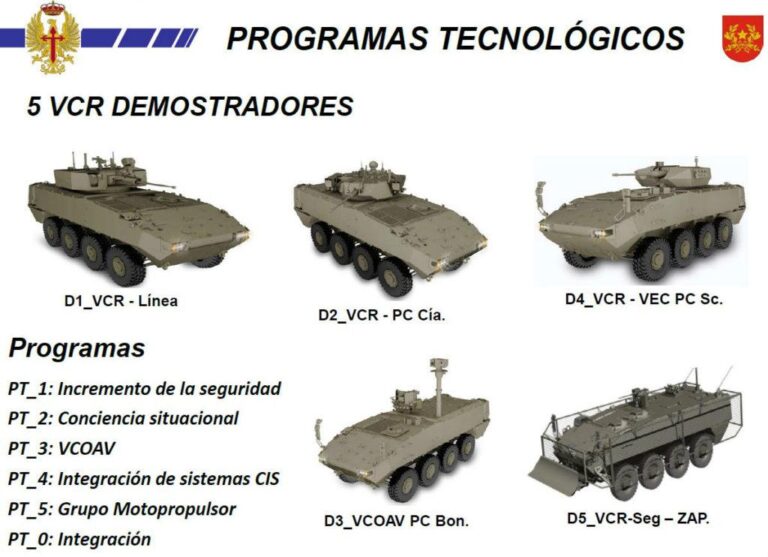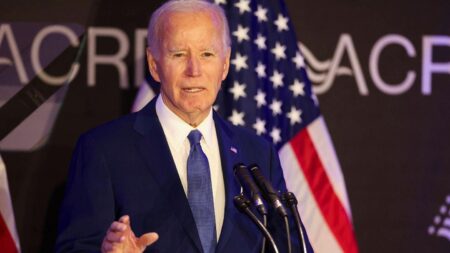Spain Faces Urgent Calls to Boost Defense Expenditure Amid Rising Global Tensions
As international tensions escalate and security landscapes shift, Spain stands at a pivotal moment in its defence strategy. A recent analysis from the Real Instituto Elcano underscores the growing pressure on the Spanish government to increase military spending in accordance with NATO commitments and regional security requirements. With Europe confronting a more perilous threat environment—exemplified by the ongoing conflict in Ukraine and assertive actions from major global powers—Spanish officials are feeling heightened urgency to strengthen their nation’s military capabilities. This article delves into the ramifications of these demands, potential challenges ahead, and Spain’s broader role within NATO. As national security becomes increasingly critical, discussions surrounding defence expenditure are set to redefine Spain’s military approach and its position on the world stage.
Spain’s Defence Spending: Striking a Balance Between Domestic Priorities and NATO Commitments
Spain is navigating a complex landscape as it strives to meet escalating NATO expectations while addressing urgent domestic needs. Considering rising geopolitical tensions, there is mounting pressure for the Spanish government to raise its defence budget towards NATO’s goal of 2% of GDP. This situation has sparked intense debates among policymakers who must balance immediate modernization efforts with essential social programs that support citizen welfare. The commitment to fulfilling NATO obligations should not eclipse necessary investments in education, healthcare, and infrastructure—elements that underpin national security through social stability.
Given these competing priorities, notable adjustments in Spain’s defence spending are anticipated over the next few years. A thorough assessment of current expenditures reveals an urgent need for enhanced transparency and strategic alignment with both NATO goals and domestic welfare initiatives. Key considerations include:
- Modernization Initiatives: Upgrading technology and equipment for improved operational effectiveness.
- Research & Development: Investing in innovative defense solutions to maintain strategic advantages.
- Sociocultural Impact: Ensuring that increased defense funding does not detract from public service investments.
The table below illustrates Spain’s current defense spending relative to NATO benchmarks:
| year | Defence Spending (% of GDP) | NATO Target (% of GDP) |
|---|---|---|
| 2021 | 1.23% | 2% |
| 2022 | 1 .23 % | 2 % |
| 2023 (projected) | 1 .5 % | 2 % |
This data highlights the significant gap that Spain must address in order to fulfill its obligations under NATO while together catering to essential societal needs. As discussions evolve,it will be crucial for Spain to chart a sustainable course forward that ensures both national integrity and collective safety without compromising vital domestic commitments.
The Necessity of Modernization: Evaluating Spain’s Military Capabilities in an Evolving Global Context
The shifting dynamics within global security compel Spain toward reassessing its military capabilities comprehensively. Increased demands from allied nations within NATO alongside emerging geopolitical threats necessitate focused modernization efforts across several key areas:
- Â Â
- Pioneering Technologies: Investing heavily in state-of-the-art defense technologies is essential for maintaining competitive operational readiness.
- Efficacy Optimization: Enhancing unit effectiveness through force reorganization while prioritizing joint operations is critical.
- Cybersecurity Fortification: Strengthening defenses against cyber threats has become paramount given their importance in contemporary warfare scenarios.
 Â
 Â
The Spanish government faces increasing calls for reevaluation regarding its defence budget aimed at achieving NATOs’ target allocation while ensuring alignment between modernization initiatives and national interests.
A recent study emphasizes developing a strategic framework capable not only of addressing immediate necessities but also anticipating future challenges.
The following table summarizes key investment areas requiring urgent attention:
| Investment Area | Current Status | Required Action |
|---|---|---|



